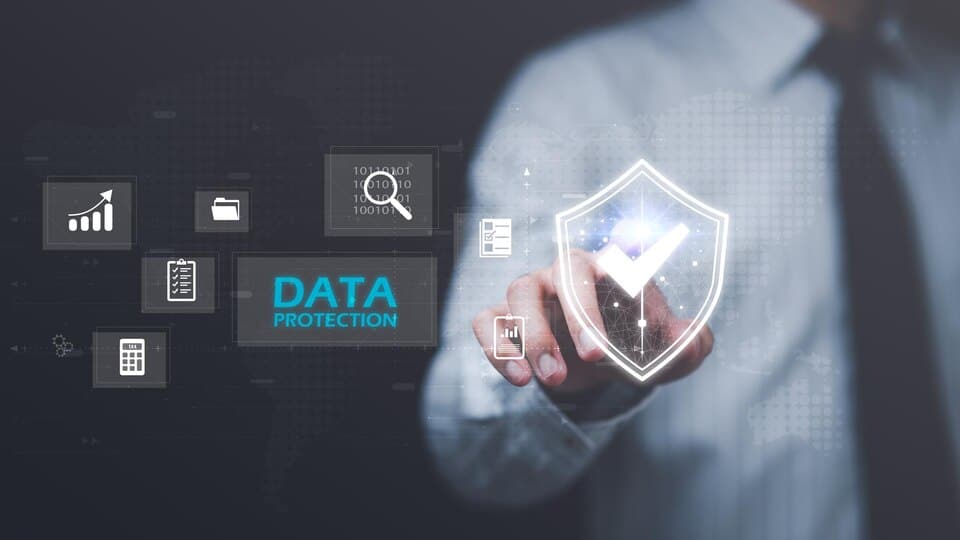Schools gather enormous amounts of student data, including academic and health information. As cyberattacks against schools increase exponentially, safeguarding that sensitive data has never been more urgent. Here are real-world methods for K-12 districts to enhance data security.
Build a Security-First Culture
Establishing a security-aware environment begins with leadership engagement. Administrators need to value data protection during budget and planning meetings. They need to spend money on both technology and occasional staff training.
Teachers and personnel should be trained in basic security habits such as good password usage and recognizing phish attempts. When everyone assumes data protection as part of their role, security significantly enhances.
Implement Multi-Layered Protection
No one fix will safeguard all student data. Districts require multiple security controls in synergy.
Multi-factor authentication must be required to access sensitive information systems. This easy step blocks most unauthorized access even when passwords are stolen.
Districts must segment networks to restrict damage if one network is compromised. Important student data must be placed in the most secure network segments with stronger access controls.
Regular patch management and software updates fill security holes before they can be used by attackers.
Create Well-Defined Data Policies
Schools require clear policies regarding the collection, storage, sharing, and deletion of data. Such policies must outline what information is being collected, why it’s required, with whom it may be shared, and when it will be deleted.
Parent and student permission forms must be clear regarding how information is going to be used and safeguarded. Being transparent helps build trust with families while maintaining regulatory compliance, such as with FERPA and COPPA.
Regular Security Audits
Districts should conduct security audits on at least a yearly basis to determine vulnerabilities. These assessments must look at both technical systems and administrative practices.
Penetration testing, in which security professionals try to break into systems in a legitimate manner, assists in identifying vulnerabilities before malicious attackers do.
Develop Incident Response Plans
Despite robust defenses, security breaches may still happen. Districts must have written response procedures that specify actions to take when data has been compromised.
The plans should have communication procedures for informing impacted students, parents, and staff. Having prepared templates ensures prompt and proper notification during stressful moments.
Vet Third-Party Vendors
Educational technology tools can bring security threats if not adequately tested. Districts must carefully examine vendor security practices prior to adopting new applications.
Contracts must contain data protection requirements and stipulate that student data cannot be used for marketing purposes or sold to other firms.
Train Students on Digital Citizenship
Students themselves become a part of data security. Age-related education about password protection, social media privacy, and safeguarding personal information promotes security-conscious digital citizens.
If students realize how vital it is to safeguard their own information, they become allies in the district’s security effort.
Backup Critical Data
Scheduled backups stored independent of primary systems ensure defense against ransomware and other attacks. Districts must test restoration procedures on a regular basis to ensure that backups will work when called upon.
Final Thoughts
Student data protection is an ongoing effort that needs resources, but the investment is worth it in terms of sustaining trust and staying compliant with privacy laws. Through these measures, K-12 districts can provide safer online environments where student data is secure but still accessible for educational use.
When districts place a high value on data security, they safeguard not only data but also the trust families and the community have in them.
SOURCES
